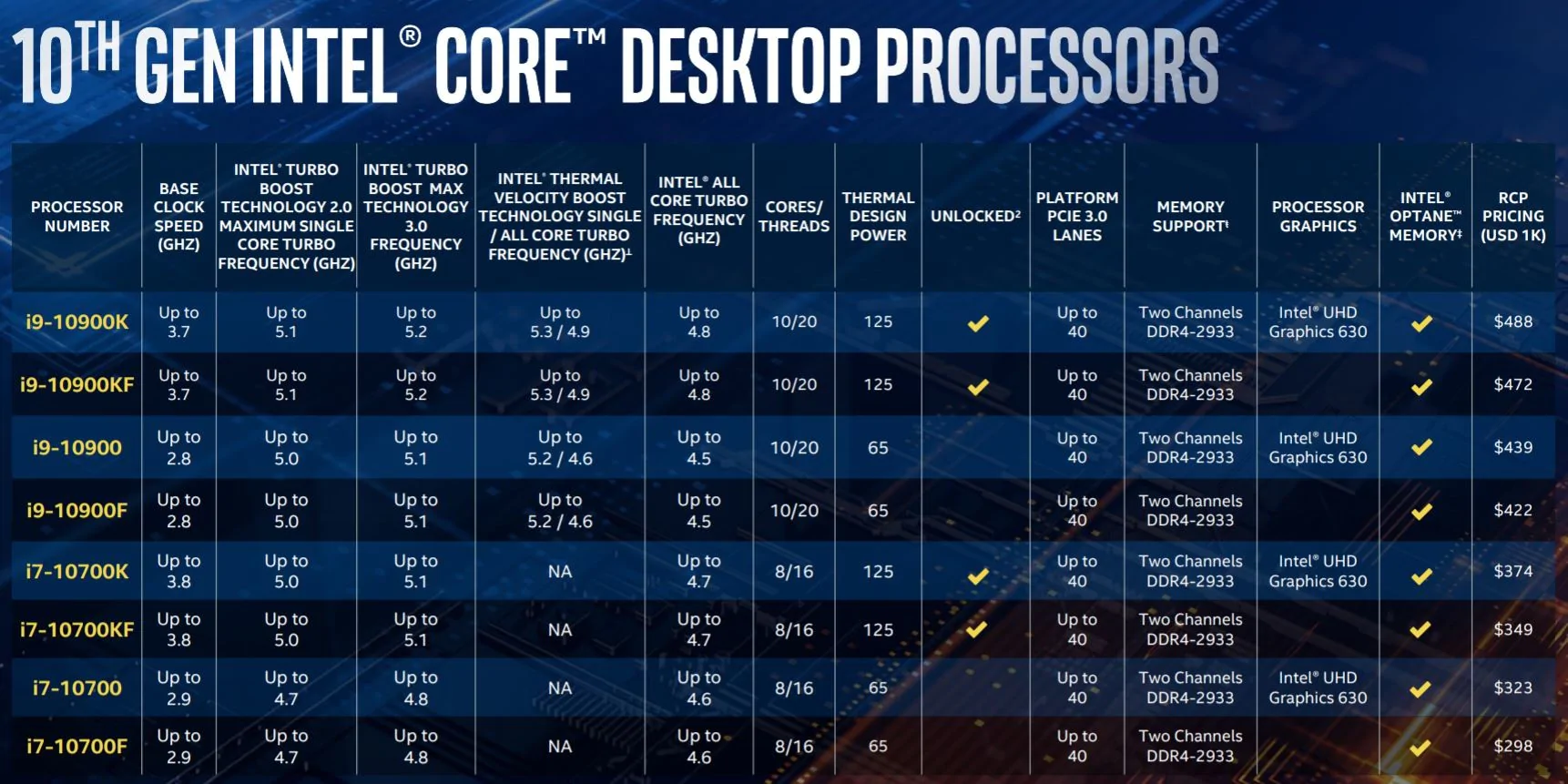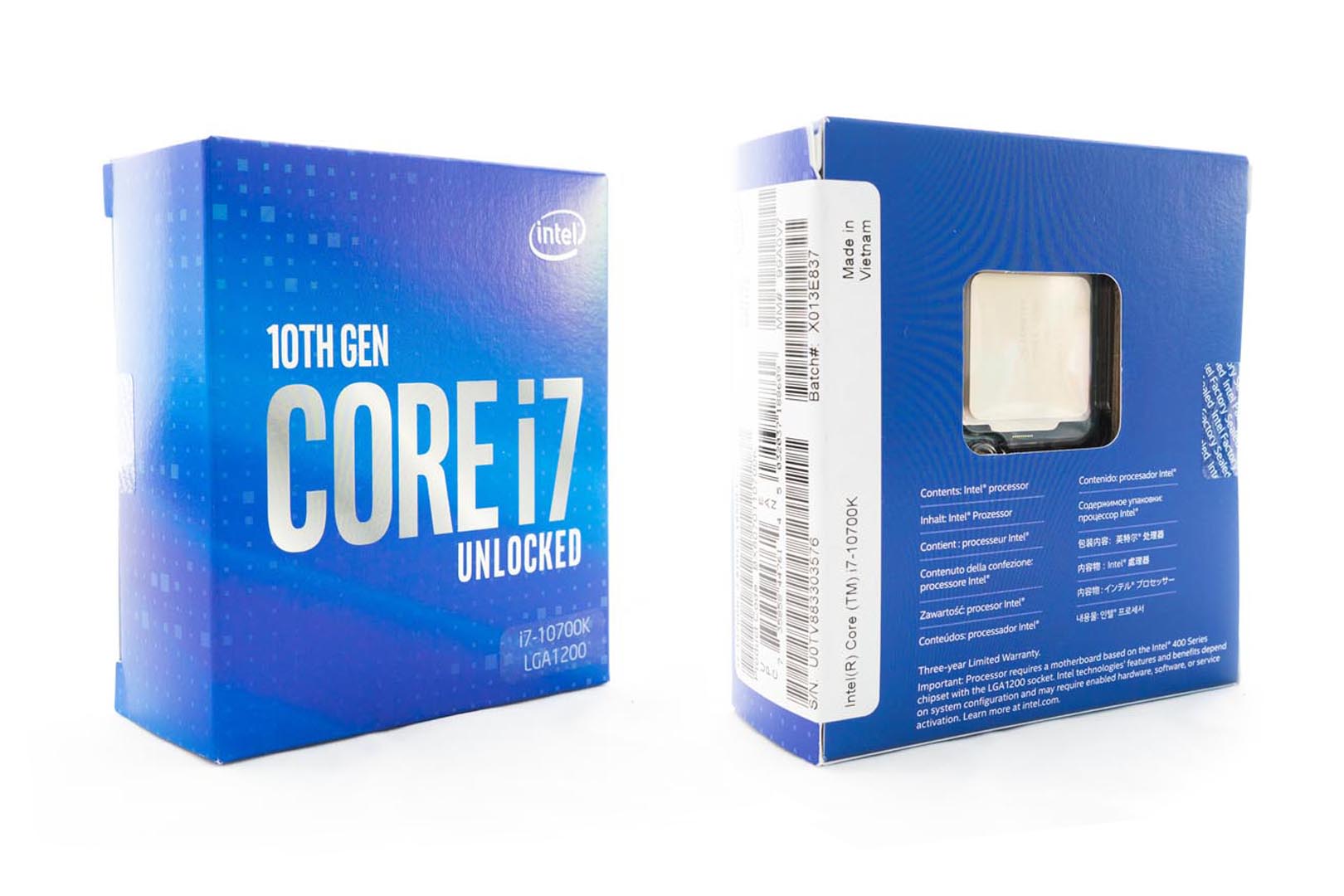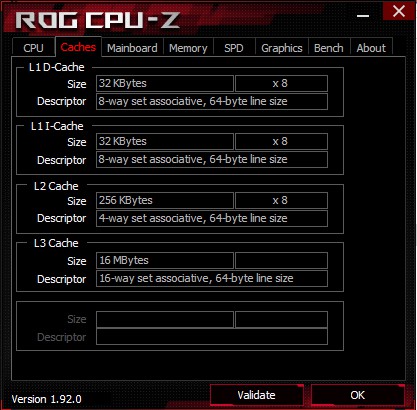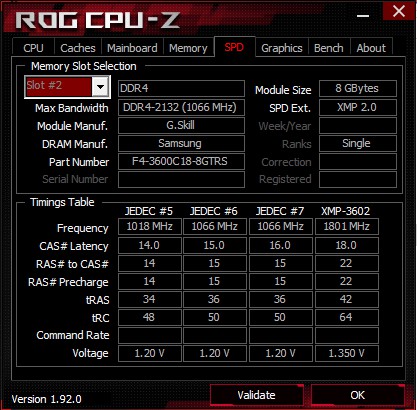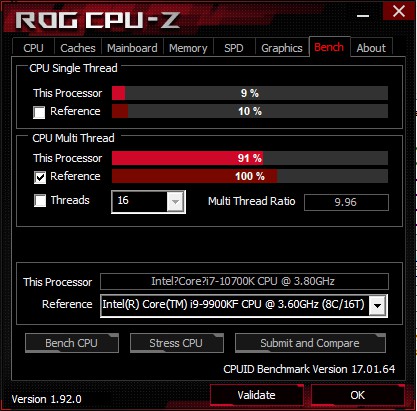Intel has officially launched the 10th generation core family. The first batch includes three K and KF-series processors and supports the Z490 chipset, which sees a slight improvement over the 9th generations. The 10th generation Core is manufactured in 14nm technology. This new i7-10700K has implemented 8 core total 16 threads with 16MB L3 smart cache. The maximum Turbo Boost frequency is a jaw-dropping 5.0GHz(V2.0) and 5.1GHz(V3.0). However, with the improved performance, the power consumption increased, which sees the TDP increase to 125W. At the same time, Intel has removed the TSX instruction set due to concern over a recent bug.
The innovative Socket design of the 10th generation Core sees the introduction of the new Socket 1200, Intel is making sure it’s incompatible with the old CPU family and releasing the related ranges of the Pentium Gold, and Celeron processors, with a total of 32 models.
THE INTEL i7 10700K
The i7-10700K has 8 cores 16 threads, the L3 cache has 12MB, the frequency range is from 3.8GHz to 5.1GHz, the price of 749 AUD which is quite expensive.
Package appearance
The CPU chip & manual with newly designed 10th gen i7 sticker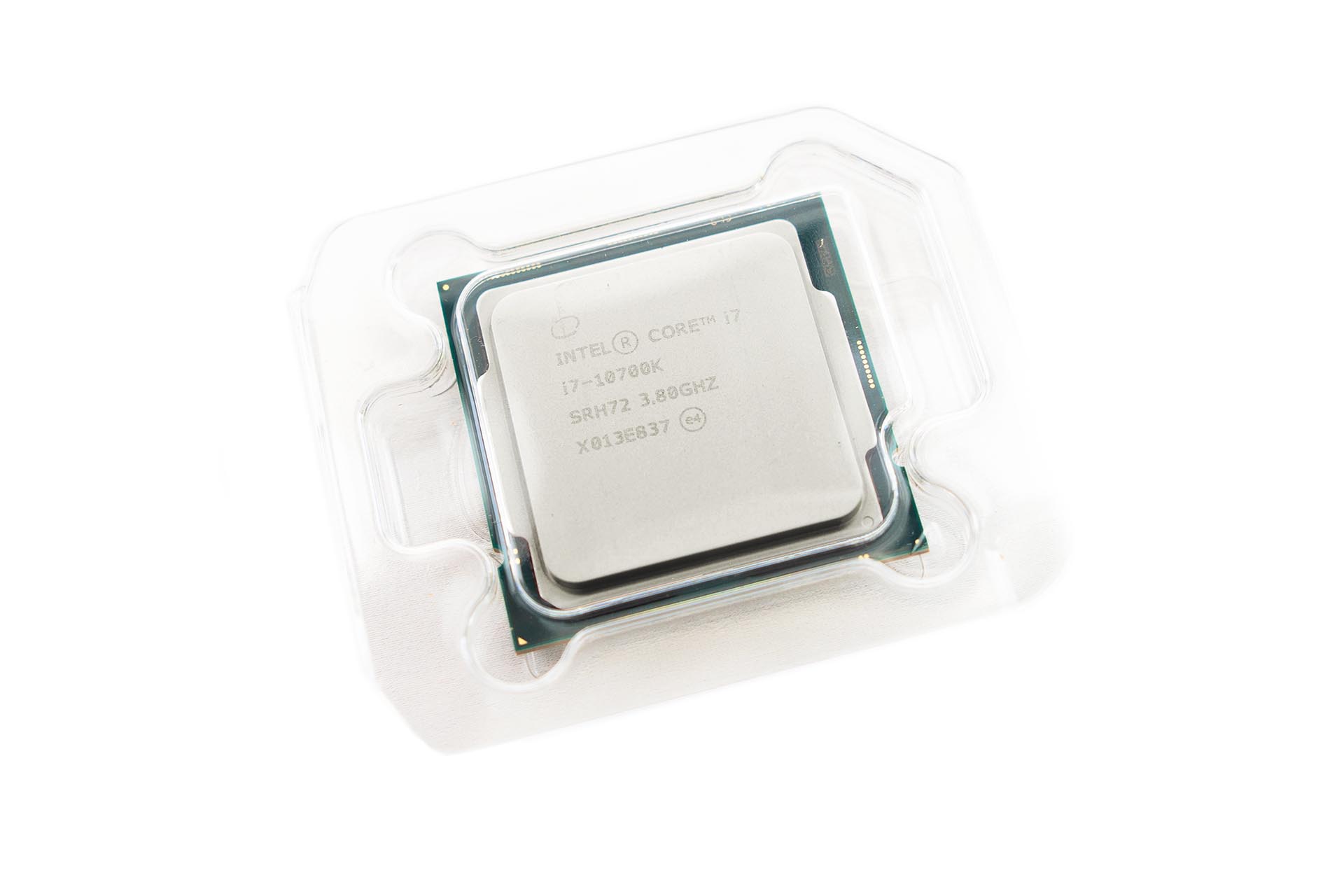

The new LGA 1200 socket (FROM ASUS ROG MAXIMUS XII HERO WIFI)
Comparison
We also prepared two bench platforms to compare the new 10th gen i7 10700K and 9th gen i9 9900K
CINEBENCH R15/R20 Single core & multi-cores comparison
wPRIME Single Thread & Multi Threads
V-RAY is using to demonstrate computer processing and rendering capabilities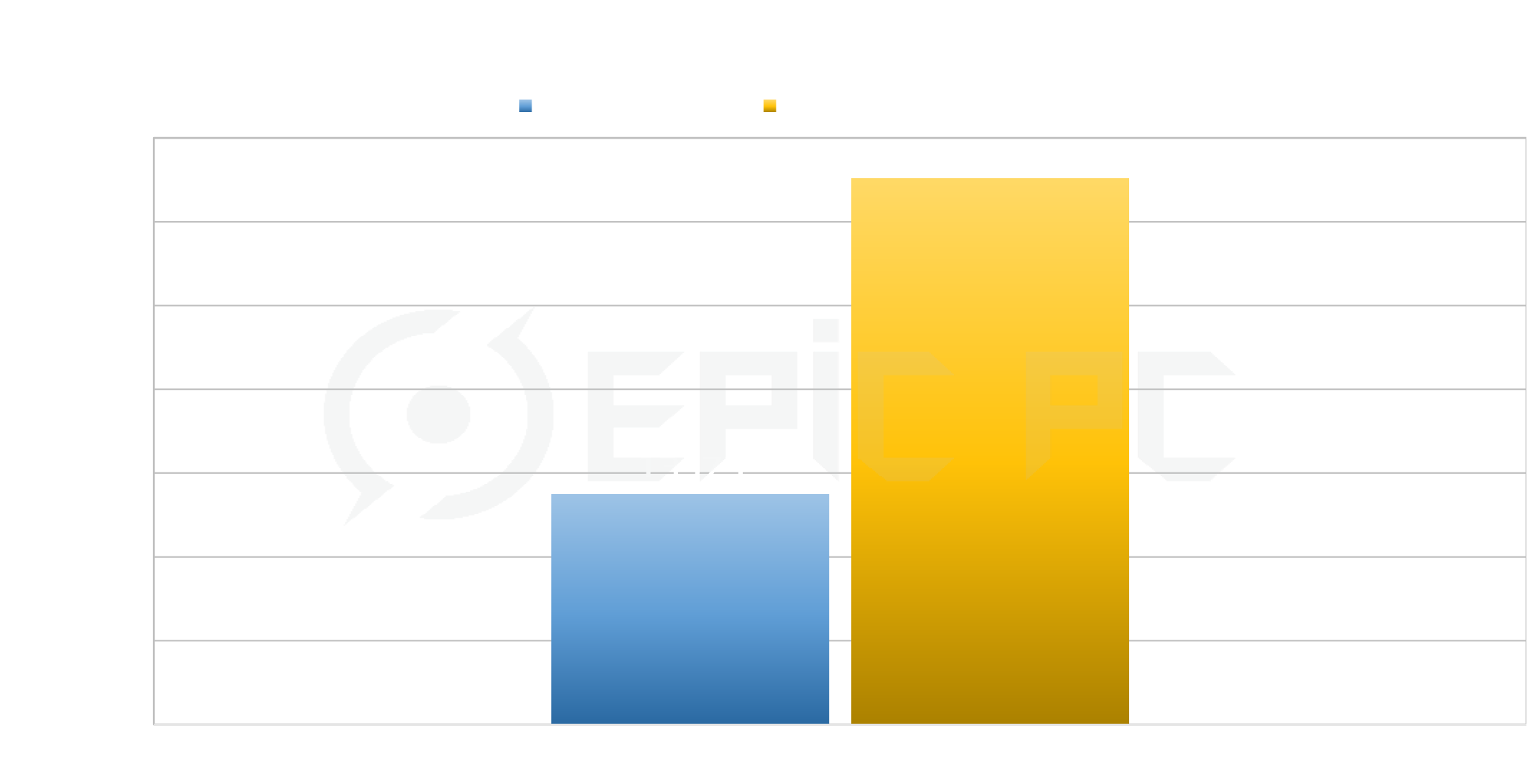
AIDA64 PhotoWorxx is to test the performance of processing digital photos
FPU SinJulia is used to measure extended precision floating point performance
FP32 RRay-Trace uses SIMD enhanced ray-tracing engine to calculate the scene to measure single precision
FP64 Ray-Trace uses SIMD enhanced ray-tracing engine to calculate the scene to measure double precision
Gaming Performance Comparison
Intel claims that the new generation of CPU will bring a significant improvement in-game performance
However, after our testing, we found that the average FPS of these test games did not reach Intel’s advertised price. Given that most games have a higher avg FPS based on a high-frequency single-core speed, the 10th gen i7 with the new Turbo Boost V3 technology does have some advantages, but it is not obvious, some games do not even perform as well as i9 9900K.
Overclocking? The way we achieved the best performance is to push the core voltage to 1.47V to achieve all core 5.1Ghz, the temperature was stable at around 82°C, the HwINFO shows that CPU is eating 250W, as we are using a 240mm AIO liquid cooling kit, the 10th gen CPU is quite hot.
In summary, after testing, we found that this 10th gen i7 is not very cost-effective compared to the previous generation, buyers also need to upgrade the motherboard to fit the new socket 1200. However, the new SOCKET does not bring many new features such as USB4.0 support, although Intel has confirmed that they disabled PCIe gen4 support on 10th gen CPU until the next generation is released, so the motherboard manufacturers coincidently choose to not integrate it in their Z490 motherboards, which means we still cannot use the ultra-fast speed PCIe Gen 4 SSD or graphic card etc on the new platform at the moment. Users can decide whether to replace the new generation CPU according to their needs.
EPIC REWARD: EDITOR’S CHOICE


